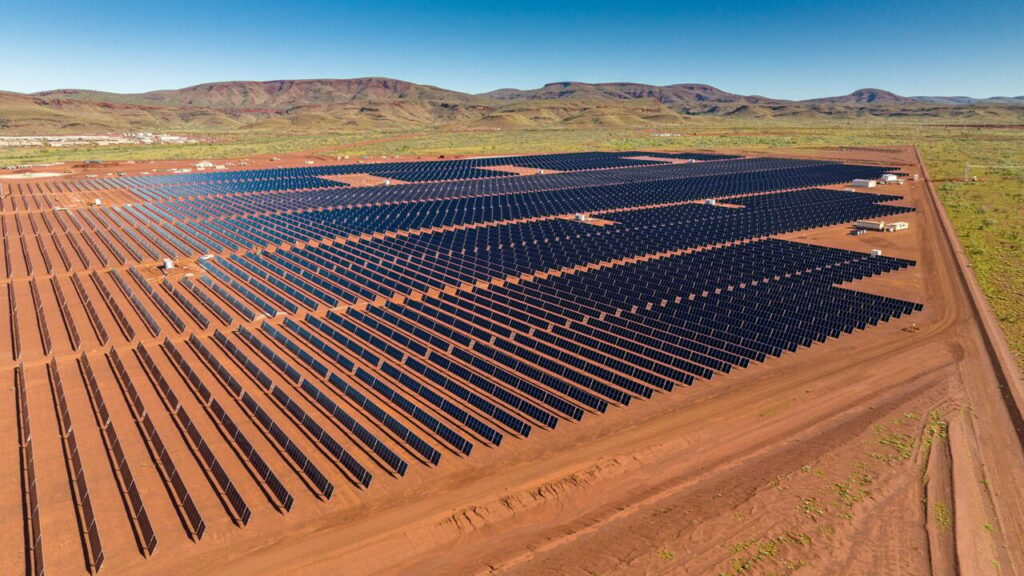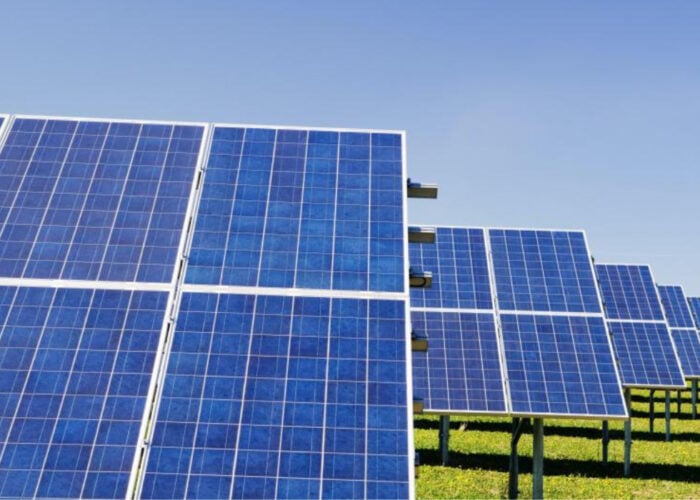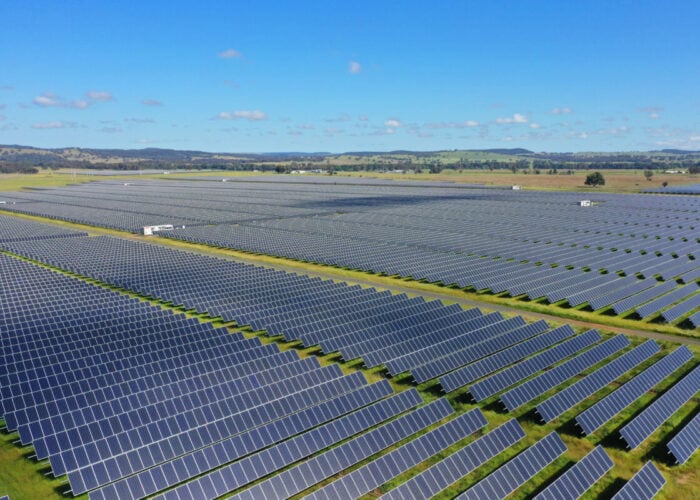
Australian think tank Climate Energy Finance (CEF) has signaled that the mineral-rich region of Pilbara, Western Australia, needs rapid investment in its transmission network to ensure renewable energy, such as solar, can help drive decarbonisation.
Indeed, the Superpowering-up: Accelerating the electrification & decarbonisation of the Pilbara report signals that just 2% of the region’s electricity needs are currently being met by renewable energy, with fragmented corporate energy production and grid transmission structures undermining progress.
Unlock unlimited access for 12 whole months of distinctive global analysis
Photovoltaics International is now included.
- Regular insight and analysis of the industry’s biggest developments
- In-depth interviews with the industry’s leading figures
- Unlimited digital access to the PV Tech Power journal catalogue
- Unlimited digital access to the Photovoltaics International journal catalogue
- Access to more than 1,000 technical papers
- Discounts on Solar Media’s portfolio of events, in-person and virtual
Or continue reading this article for free
The CEF believes renewable energy could take a more significant share in the Pilbara energy mix, should single common-user grid infrastructure be pursued in the Greater Pilbara region. Doing so could unlock around A$50-100 billion (US$33-66 billion) of new investment in renewable energy generation and firming whilst maintaining the mining operations in the area.
Replacing fossil fuel use in the Pilbara would require 16.66TWh per annum of electricity, equivalent to 7.8% of the output of Australia’s National Electricity Market (NEM). The CEF says this could and should be supplied by locally generated, renewable energy.
In this regard, solar PV could prosper in the region, and various projects have already been explored in Pilbara. For instance, mining giant Rio Tinto recently announced its intention to develop an 80MW solar PV plant to supply green power to its iron ore operations. Alongside this, Australia’s Fortescue said last month that its 100MW North Star Junction solar farm was partially operational, whilst it also plans to develop a 3.3GW renewable energy hub to help power its mining operations in Western Australia.
The benefits of a common-user electricity interface
Creating a common-user electricity interface could also have various other positive effects, such as enabling multiple stakeholders to efficiently and cost-effectively electrify and decarbonise their operations. This could be critical in reducing the capital-intensive logistical barriers of remoteness and associated materials, transport and labour costs.
The CEF claims that, when implemented properly, a common-user infrastructure could be the most effective way to support the Pilbara’s future economic growth in a net zero global economy. This will involve reducing the total capital investment needed to meet the region’s industrial energy demand with green electricity, minimising risk, avoiding unnecessary duplication of transmission networks and integrating the existing fragmented grid and generation infrastructure into a cohesive system.
This approach could also facilitate the development of green energy precincts, which will greatly accelerate the region’s decarbonisation efforts.
Alongside this, the decarbonisation of Pilbara could help create economic opportunities in the green iron ore industry. According to the CEF, the only future-facing industrial sector that China is not yet leading is green iron and steel. With one of Australia’s most lucrative exports already being iron, there is an opportunity to tap into this market further via the decarbonisation of its production.
Australia also has opportunities elsewhere in the green space. These include green hydrogen, green ammonia and renewables-powered value-adding of critical minerals and metals reserves, many of which are already concentrated in the Pilbara region. Indeed, with this in mind, solar could well be a primary resource in generating the renewables-led technologies.







